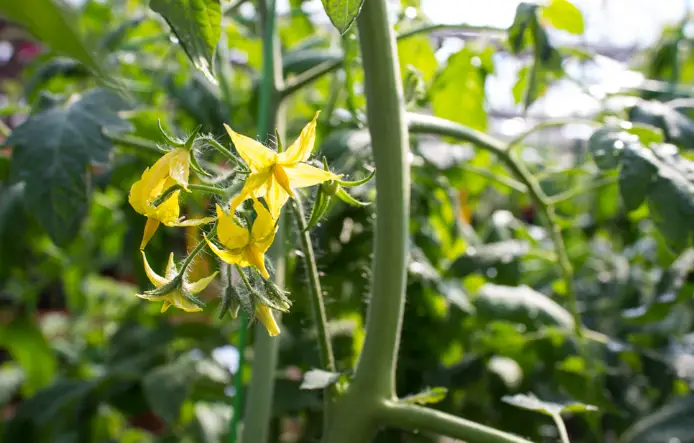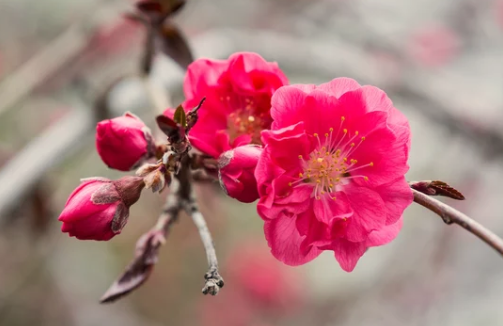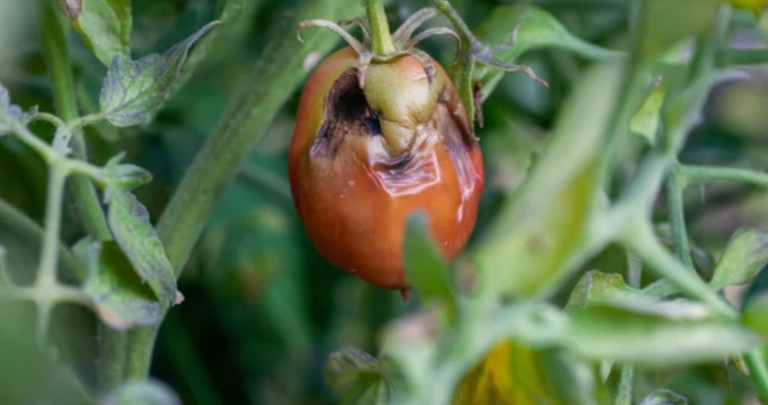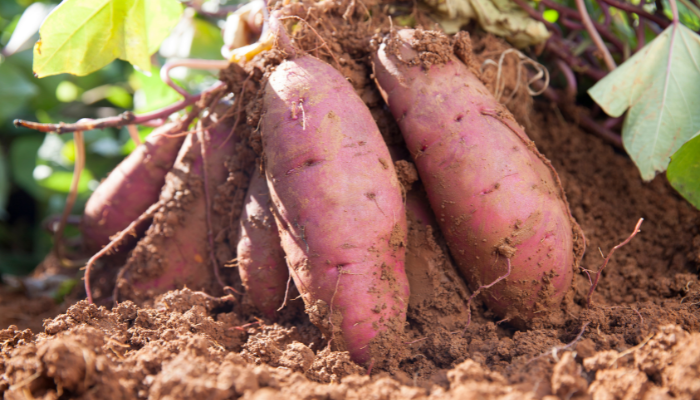Tomato Plants Blooming: A Colorful Journey from Blossoms to Fruit
Tomatoes, those juicy, vibrant fruits (yes, they’re technically fruits!) that grace our salads, sandwiches, and sauces, have a fascinating life cycle. From tiny seeds to sprawling vines laden with ripe tomatoes, the journey of a tomato plant is a testament to nature’s resilience and beauty. In this blog, we’ll delve into the world of tomato plants, exploring their blooming process, the science behind it, and some practical tips for home gardeners.
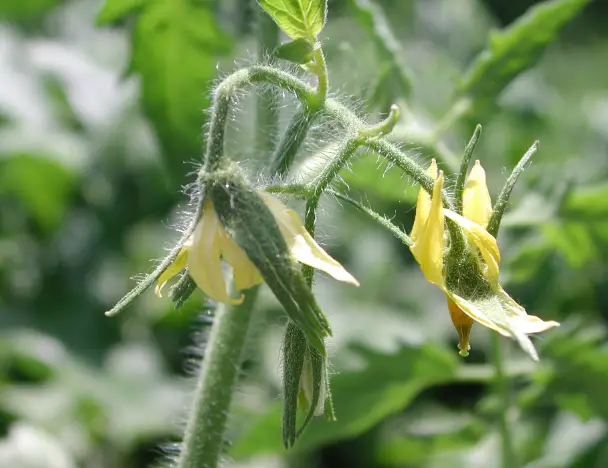
1. The Seedling Stage
Our tomato saga begins with a humble seed. Tomato seeds are like nature’s time capsules, encapsulating the genetic information needed for growth. When planted in fertile soil, these seeds germinate, sending out delicate shoots. These seedlings are vulnerable, requiring warmth, sunlight, and just the right amount of moisture. As they stretch toward the sun, their leaves unfurl, revealing their characteristic serrated edges.
Germination Magic
Germination is a magical process. The seed coat cracks open, and a tiny root emerges, seeking nourishment from the soil. Simultaneously, the shoot pushes upward, breaking through the surface. It’s a race against time – will the seedling find light before it exhausts its stored energy?
2. The Vegetative Growth Phase
Once the seedling establishes itself, it enters the vegetative growth phase. This is when the tomato plant focuses on building a strong foundation. Its roots delve deeper, anchoring it securely. The stem thickens, and leaves multiply. These leaves are the plant’s solar panels, capturing sunlight and converting it into energy through photosynthesis.
Pruning for Success
Gardeners often prune tomato plants during this phase. By removing excess leaves and side shoots, they encourage the plant to channel its energy into fruit production. Pruning also improves air circulation, reducing the risk of diseases.
3. The Budding Stage
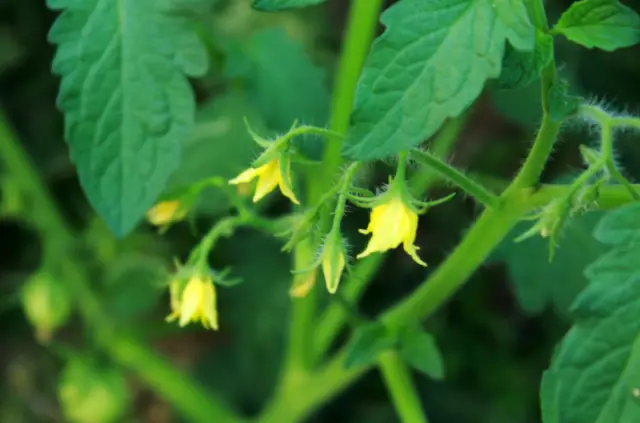
As the days lengthen and temperatures rise, our tomato plant gears up for its grand performance: flowering! Tiny yellow buds appear at the junctions between leaves and stems. Each bud holds the promise of future tomatoes. These buds are like shy artists, waiting for the right moment to burst forth.
The Pollination Tango
Tomato flowers are self-pollinating, but they need a little help. Bumblebees, butterflies, and even the wind play matchmakers. They transfer pollen from the male stamen to the female stigma, ensuring fertilization. Next time you see a bee buzzing around tomato blossoms, know that it’s facilitating tomato romance!
4. The Blossom Stage
And then, it happens – the blossoms open! Delicate petals reveal themselves, and the air fills with a subtle, sweet fragrance. Each blossom lasts only a few days, but during this time, magic unfolds. The ovary at the flower’s base swells, transforming into a tiny green tomato. It’s like witnessing love letters turning into fruit.
Blossom-End Rot Woes
Sometimes, tomato plants face challenges. Blossom-end rot, a common issue, occurs when calcium uptake is disrupted. The result? Dark, sunken spots at the blossom end of the fruit. To prevent this, maintain consistent soil moisture and ensure adequate calcium levels.
5. The Fruit Set and Ripening
Our tomato plant has done its dance – pollination successful, blossoms transformed. Now, it’s all about fruit set. The green tomatoes grow, plumping up with water and nutrients. As they mature, they change color – from green to yellow, orange, or deep red, depending on the variety.
Harvesting Joy
Harvesting tomatoes is a joyous affair. The sun-warmed fruits release their earthy aroma as you gently twist them off the vine. Slice one open, and you’ll find a universe of seeds encased in juicy pulp. From caprese salads to homemade marinara, these fruits are the stars of our culinary endeavors.
6. The Circle of Life
As summer wanes, tomato plants complete their life cycle. The last fruits are harvested, and the vines wither. But fear not – those fallen tomatoes carry seeds. These seeds, once dried and stored, hold the promise of next year’s tomato plants. And so, the circle continues – from seed to seedling, from blossom to fruit, and back to seed.
Saving Seeds
For adventurous gardeners, seed-saving is an art. Choose the plumpest, most flavorful tomatoes, scoop out their seeds, and let them dry. Label the envelopes with love “Heirloom Brandywine” or “Cherry Sweetie.” Come spring, plant these seeds, and watch new tomato stories unfold.
In conclusion, tomato plants are more than mere vegetables; they’re storytellers. They whisper tales of growth, resilience, and the
Frequently Asked Questions (FAQs) About Tomato Plants Blooming
- Why do tomato plants flower?
- Tomato plants flower as part of their natural lifecycle. Flowering marks the beginning of fruit production, as each flower holds the promise of future tomatoes. However, for fruit to develop, these flowers need to be pollinated.
- How do I know if my tomato plants are flowering correctly?
- Flowering is a positive sign, indicating that your tomato plant is healthy and ready to produce fruit. However, successful fruit production depends on proper pollination.
- What if my tomato plants have flowers but no fruit?
- Insufficient pollination may lead to flowers without fruit. Bees and other pollinators play a crucial role in transferring pollen. If you grow tomatoes indoors or in a greenhouse, consider hand-pollinating the flowers.
- How can I encourage more fruit set in my tomato plants?
- Fertilize your tomato plants in late spring to promote fruit and flower development during summer. Plant them in a sunny location to allow natural pollinators to visit the open flowers.
- What is the timeline for tomato plant growth?
- The growth timeline varies based on the tomato variety. Determinate varieties tend to produce fruit earlier than indeterminate types. Factors like weather, soil, and care influence the overall growth process.
- Can I prune my tomato plants during flowering?
- Pruning during flowering can impact fruit production. While some pruning is beneficial for air circulation, avoid over-pruning. Maintain consistent soil moisture to prevent issues like blossom-end rot.
- Why do some tomatoes have large, empty spaces inside?
- Puffiness occurs when the interior of a tomato has open spaces with little fruit. Proper pollination and consistent care help prevent this issue.
- What role do bees play in tomato pollination?
- Bees are essential pollinators for tomato flowers. They transfer pollen from the male stamen to the female stigma, ensuring successful fertilization.
- How can I save tomato seeds for future planting?
- Choose ripe, flavorful tomatoes, scoop out their seeds, and let them dry. Label the seeds with love, and plant them in spring for a new tomato cycle.
- What’s the circle of life for tomato plants?
- Tomato plants complete their life cycle from seed to seedling, blossoms to fruit, and back to seed. Fallen tomatoes carry seeds, ensuring the promise of next year’s plants.
Here are some additional sources where you can find more information about growing tomato plants and their blooming process:
- Growing Tomatoes: The Complete Guide – Insteading:
- This comprehensive guide covers everything you need to know about growing tomatoes. It includes tips, tricks, and climate considerations for successful tomato cultivation. Learn about the best time to plant seeds, compatible companion plants, and more1.
- Why Your Tomato Plants Are Flowering (And What to Do):
- Understand why tomato plants flower and what it means for fruit production. This resource provides insights into the natural lifecycle of tomato plants and how to ensure successful pollination.
- 12 Best Tips for Planting and Growing Great Tomatoes – The Spruce:
- Discover essential tips for growing delicious tomatoes. From selecting the right varieties to controlling potential problems, this article offers practical advice for a bountiful tomato harvest.

